Apple HomePod is finally arriving: 8 speakers, spatial awareness, easy pairing, cheaper than Google's Home Max
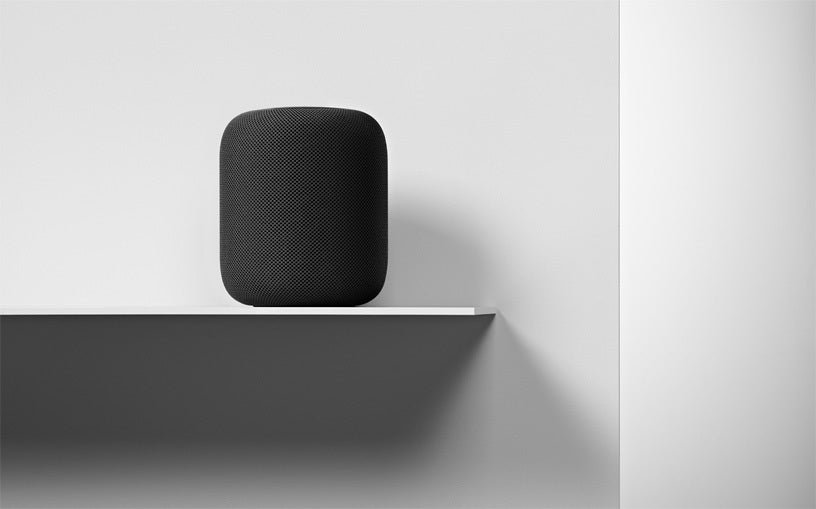
What is the HomePod?
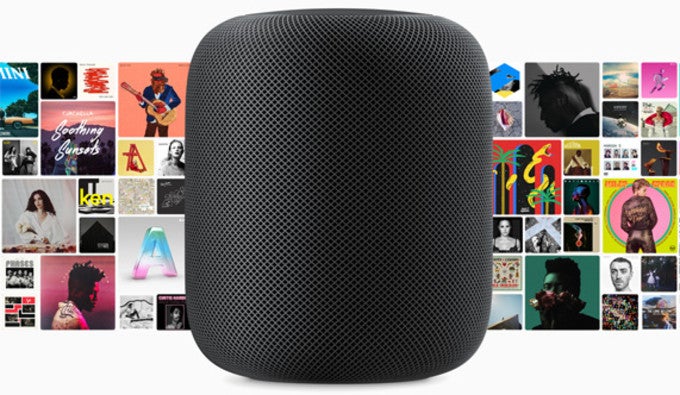
It's a 7-inch-tall cylinder covered with a stylish-looking, seamless mesh fabric. On the top, we have a small display to show us when Siri is listening, and touch controls to interact with HomePod without talking. A single woofer and seven tweeters deliver fine-tuned, balanced sound for every situation. We'll get to that in a bit.
What does it do?
The Apple HomePod is meant to be a home entertainment system with a twist. Its marketed as a multimedia device fist and foremost, probably because Apple can't hope that Siri would beat the Google Assistant on the Google home. Its primary function is syncing with your Apple Music library and delivering your favorite music as soon as you say “Hey, Siri”. It can also very easily pair with your iPhone — just hold up your handset next to a fresh HomePod and the pairing is done, much like the AirPods' super-quick process.
Another great news is that you won't be tied to iMessage. SiriKit for HomePod is an SDK, which will be made available to 3rd party developers. So, if you'd be able to say “Text Jeff over WhatsApp”, if your friend doesn't happen to use iMessage. The only thing that's left is for developers to pick it up and implement it with their own messengers.
Why 8 speakers?
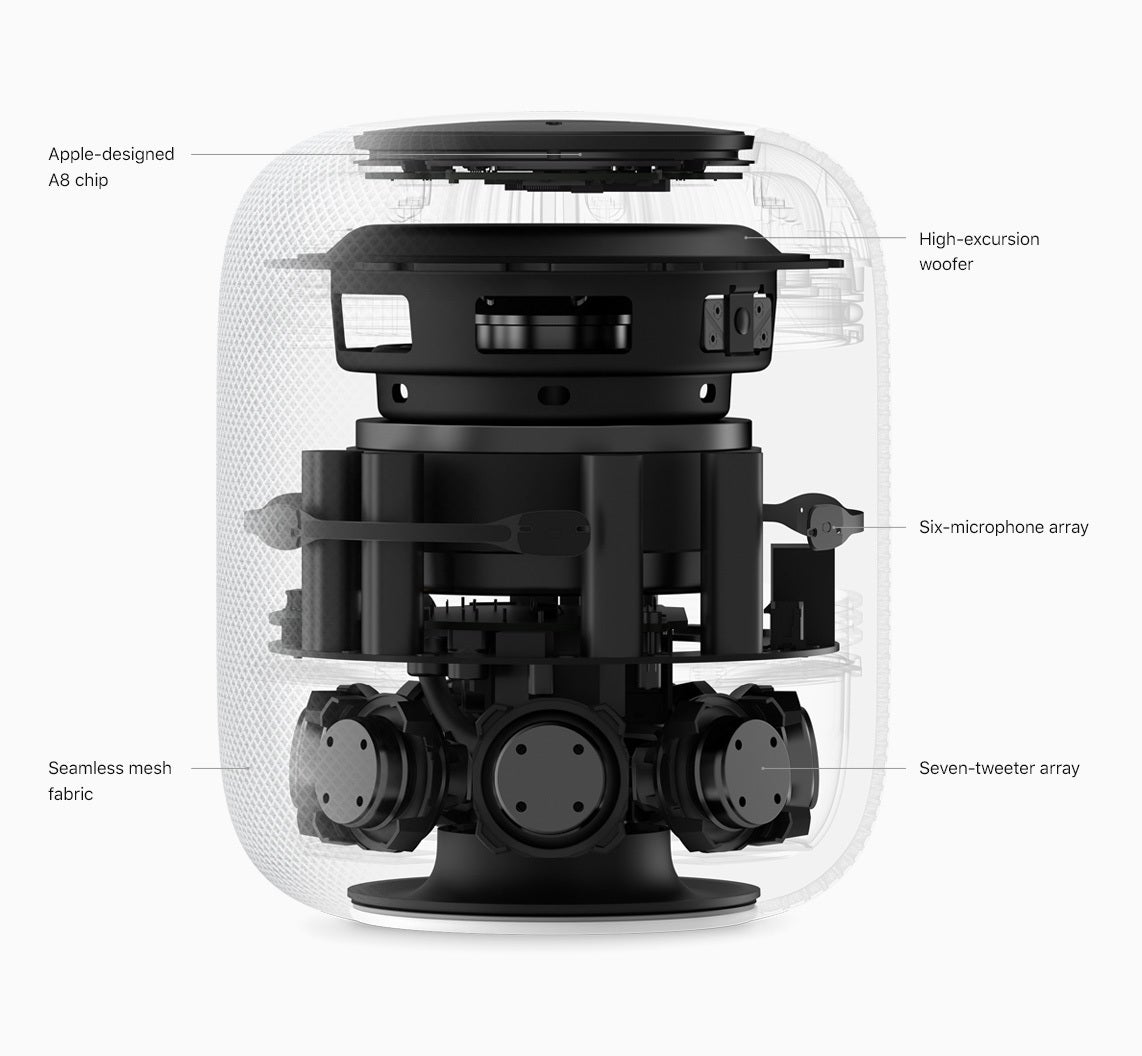
How will Siri hear you if you are blasting music? Well, an array of 6 microphones are in place and will be able to hear you from across the room, even with music on, Apple says. We'll have to test that out...
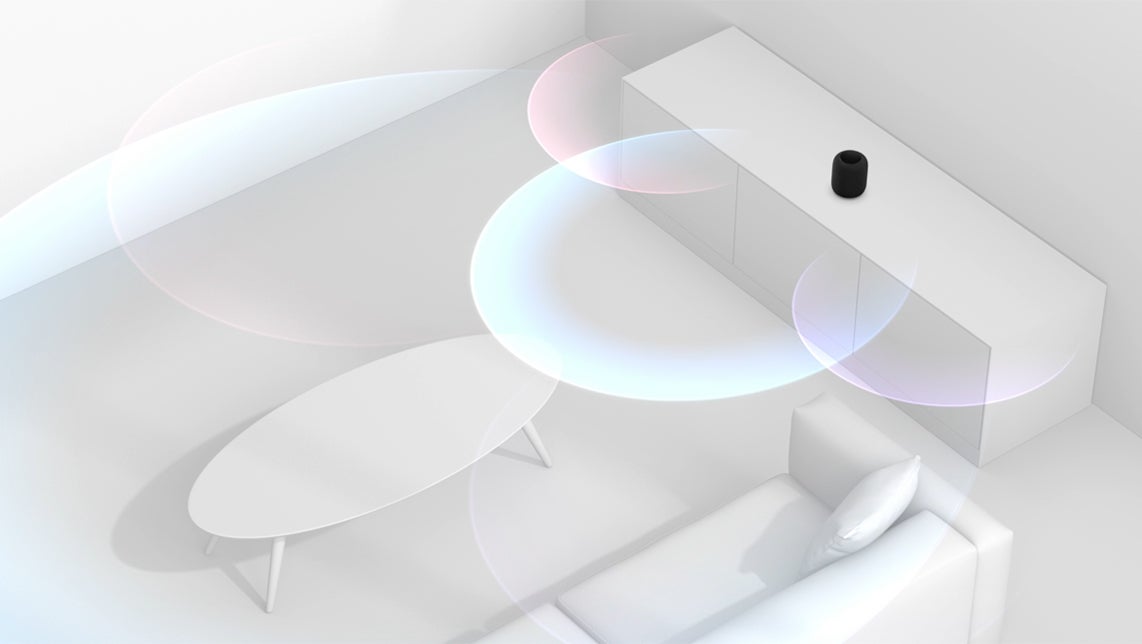
Multi-room and stereo support
If you happen to have too much money on your hands, you can grab a couple of HomePods and spread them throughout the house. With multi-room audio support, you can ask Siri to either play different songs in the different rooms or play the same tune across your house, in sync so it doesn't feel weird when the speakers overlap. Putting two HomePods in the same room together will allow you to activate stereo mode for a louder, more spacious oomph.
Availability
The HomePod will be shipping on February 9th, with pre-orders kicking off this Friday, the 26th of January. It'll be available in Space Gray and White, priced at $349. That's $50 less than the retail price of Google's Home Max!
Follow us on Google News






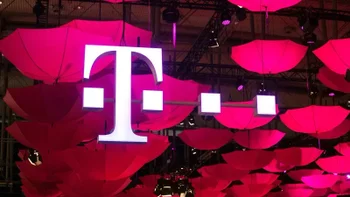
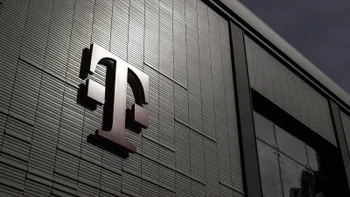


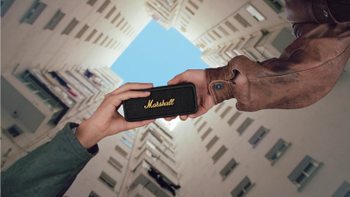



Things that are NOT allowed:
To help keep our community safe and free from spam, we apply temporary limits to newly created accounts: